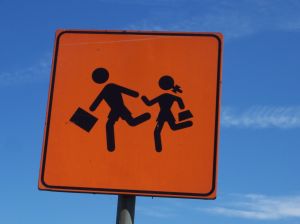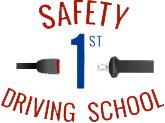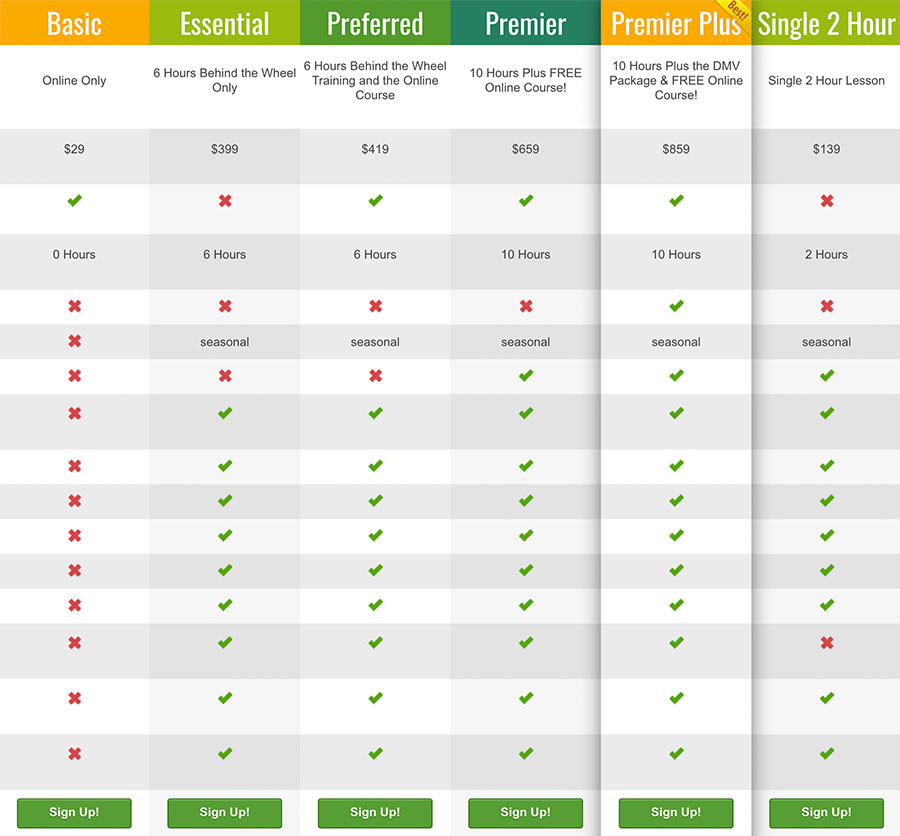Back to School….Already?!
Summer is coming to a close (man, that went by fast!) and school will soon be back in session for Irvine kids. Here are some end-of-summer/back-to-school driving tips to keep Irvine drivers – and kiddos – safe!
1. Know Your School Zones
If you drive through town, whether on your way to work in the morning or later in the day, chances are you are passing through at least one school zone. Many Irvine residents see the flashing lights or school zone signs and drive no differently than if they hadn’t seen them. Whether you’re a parent or not, these little people are not likely to pay as close attention to cars or obey traffic laws, so it’s up to you to be the careful and diligent one.
When you see the school zone and crosswalk signs, make a conscious effort to slow down and keep your eyes on the road ahead of you and the sidewalks around you. A child might dart out into the street, seemingly out of nowhere. Avoid all distractions, like adjusting your car radio, talking on your cell phone (you can be distracted even with hands-free devices!), and of course the BIG NO-NO, texting.
It’s not worth the few extra seconds you might save, so just slow down.
2. Respect School Buses & Crossing Guards
California Vehicle Code section 22454 states:
(a) The driver of any vehicle, upon meeting or overtaking, from either direction, any schoolbus equipped with signs as required in this code, that is stopped for the purpose of loading or unloading any schoolchildren and displays a flashing red light signal and stop signal arm, as defined in paragraph (4) of subdivision (b) of Section 25257, if equipped with a stop signal arm, visible from front or rear, shall bring the vehicle to a stop immediately before passing the schoolbus and shall not proceed past the schoolbus until the flashing red light signal and stop signal arm, if equipped with a stop signal arm, cease operation.
(b) (1) The driver of a vehicle upon a divided highway or multiple-lane highway need not stop upon meeting or passing a schoolbus that is upon the other roadway.
(2) For the purposes of this subdivision, a multiple-lane highway is any highway that has two or more lanes of travel in each direction.
If a school bus driver sees you committing a violation of the above law, he or she may take down your license plate number and report you to the authorities. You may receive a warning letter and possibly other penalties as well.
Also please respect and obey crossing guards. Slow down as you approach Irvine school zone crosswalks and anticipate that a crossing guard may raise his or her stop sign and enter the crosswalk to assist children as they cross the street. Not only may you be subject to penalties for the offense, but you could endanger precious lives.
Again, it’s not worth the 30 seconds or so that you might save by not stopping.
3. Don’t Back Up
Be extremely careful in areas with parked vehicles on the side of the road. Children waiting to cross the street may be difficult to see behind parked cars. Slow down, keep your eyes on the road, and always scan the sidewalks and areas ahead of you looking for any sign of children.
Also, whenever possible avoid backing up your car in areas where there are children. It can be difficult to see small children from the rearview mirror.
Above all, we want to keep all our Irvine kids and drivers safe. Here’s to a safe and wonderful school year!
We at Safety 1st Driving School will teach these tips and more in our behind-the-wheel training for your Irvine student. Please contact us today to schedule your first lesson!


